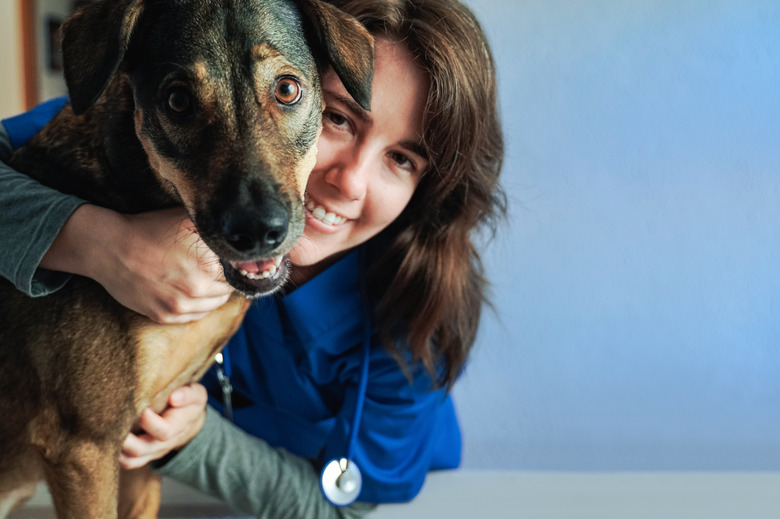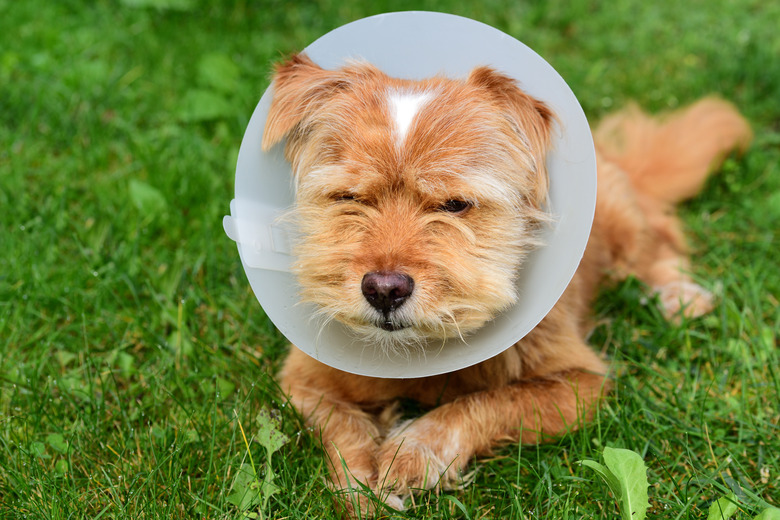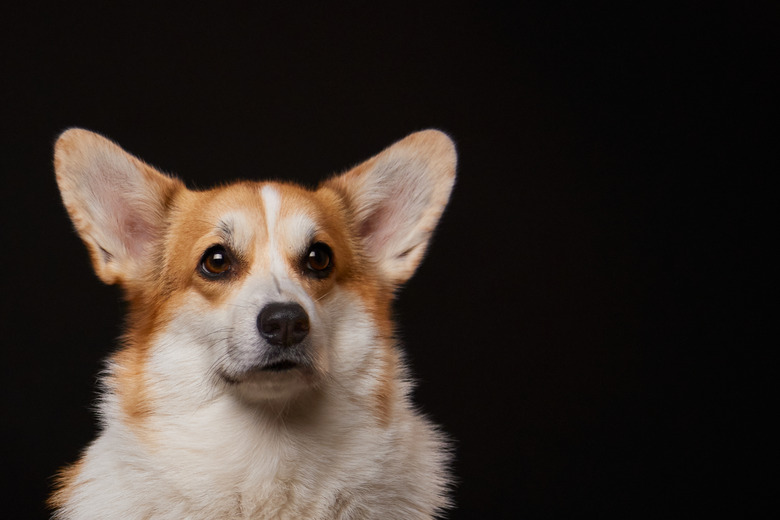How To Wrap A Dog's Ear Wound
One of the most common injuries that can happen to your dog is a head wound, which includes damage to the ears. Because the ears have a robust blood supply, these kinds of injuries can bleed excessively, which can be scary to see. However, knowing what to expect and how to provide proper first aid can help both pet owners and their dogs stay calm if an ear laceration should occur. Working quickly to bandage the ear can prevent further injury until you're able to get your dog to the veterinarian.
Please note that the following information is not intended to replace veterinary care. Its purpose is to serve as temporary assistance to those who might not have immediate access to round-the-clock emergency veterinary medicine. Any dog with a bleeding ear wound will need to see a veterinarian within 24 hours. Do not try to manage this at home without veterinary assistance.
When should I wrap my dog's ears?
When should I wrap my dog's ears?
Wrap your dog's ears as soon as the bleeding is under control. Keep in mind that bandaging a dog's ear can be very challenging, so have someone help if possible. If this proves too difficult or if you suspect that there is a head injury, fracture, or your dog is in severe pain, visit an emergency veterinarian right away.
How to wrap dog ears
How to wrap dog ears
It is important to wrap your dog's injured ear correctly. Follow the instructions below and be very careful not to constrict your dog's breathing when wrapping around the head. Check the tightness of the bandage under the jaw and make sure you can comfortably insert two fingers under the bandage.
Stay calm and keep your injured dog quiet
Secure your dog. If your dog is in pain or has recently been in a fight, they may be anxious or scared. Use caution around the face and head to avoid being inadvertently bitten by your frightened dog. Soothe your dog before attempting to wrap an ear wound. It is also important for you as the pet parent to stay calm, as your demeanor will affect your dog. If you are panicked or anxious, your dog is likely to be anxious too.
Locate and address the wound on your dog's ear
Examine your dog's ear to see where the blood is coming from and wipe the area with a clean, wet washcloth. If the wound is actively bleeding, control the bleeding by using gauze or a clean towel and apply pressure to the wound. Kneel behind your dog with their body between your legs and if possible, have someone help restrain and distract the dog while you're doing this. Be aware that dogs will often want to shake their head if their ears are uncomfortable. Head shaking can break clots and cause additional bleeding from a pet's ears, so keep the gauze pads in place.
Apply gauze to the dog's wound
If your dog has long ears or floppy ears, place a gauze pad behind the ear. Fold the ear flap, or pinna, back onto the gauze pad and then place a second gauze pad on the inside of your dog's ear. For bleeding that is still active, place an additional gauze pad in the area. For upright ears, follow the same directions but fold the ear forward onto the dog's head for a no-flap ear wrap.
Bandage the dog's ear and head
Using gauze wrap (also known as cast padding), wrap over the injured ear, on top of the head, in front of the other ear, under the chin, and then back around. On the second wrap, go behind the uninjured ear instead of the front and then alternate a few more times until the bandage is secure. Further secure the gauze wrap and pad with medical tape.
Use an Elizabethan collar on your dog
If you have one on hand, attach an Elizabethan collar (better known as an e-collar or cone) around your dog's neck. Healing ears might be itchy for your dog, so it is important to use some sort of ear protection with a secure fit. If your dog tries to scratch the ear wound, the e-collar will stop them from being able to reach the area.
What is the best material to wrap my dog's ears?
What is the best material to wrap my dog's ears?
The best material to wrap a dog's injured ear is cotton gauze wrap, also called cast padding. This will secure your dog's wound comfortably, and it can also absorb any additional bleeding that might occur on the way to the veterinarian. If you have it available, you can also wrap over this with conforming stretch gauze to keep the head wrap in place. Stretch gauze will tighten down after wrapping, so be very sure that you do not wrap too tightly around your dog's head and neck. It is a good idea to create a pet first-aid kit that contains these items so you have them on hand when needed.
Talk to your veterinarian and ask if using an ear cover known as a snood can work for your dog as the wound heals. A snood is a washable fabric tube similar to a hood that just covers the dog's ears and head. As a bonus, a snood can help keep your dog a little warmer in the winter, and if they have long ears, can keep ears out of mud or out of the food bowl!
Take your injured dog to the veterinarian
Take your injured dog to the veterinarian
Once the initial bleeding is managed, the next step is to take your dog to a veterinarian as soon as possible. For any wounds to the ears, face, or head that are actively bleeding, it is imperative to seek veterinary care that day. When not properly treated, ear injuries can lead to scarring and aural hematomas. In extreme cases, ear hematomas can progress to a condition known as "cauliflower ear," which can create lifelong complications for the dog. Wounds from dog bites or other traumas are also at high risk for infections and need to be assessed by a veterinarian, who can prescribe pain medications and antibiotics if needed.
The bottom line
The bottom line
Any dog who has an injury to the ear (or elsewhere on the head) needs to see a veterinarian the same day that the injury occurs. However, pet owners can perform some initial home care to stop any bleeding and wrap the ear wound to secure it in the meantime. Learning how to apply pressure and bandage a dog's ear wound can help you be prepared and calm should this situation arise, which will make it easier to keep your pet relaxed as well. Be sure to get your dog to the animal hospital within 24 hours.


